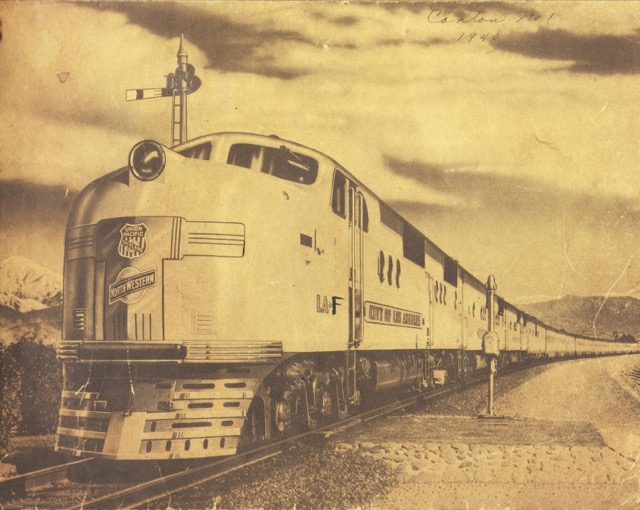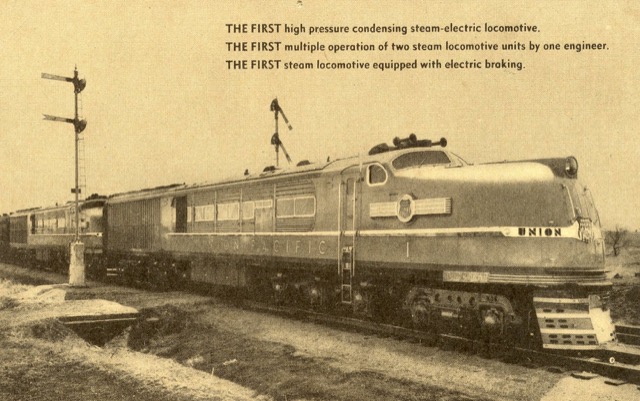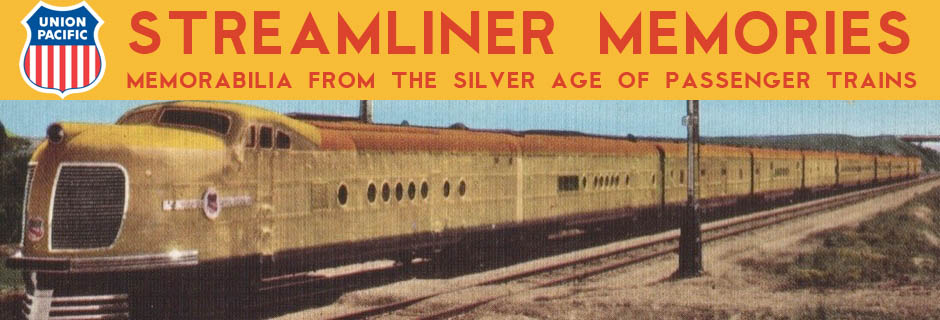This large, spiral-bound phonebook was published in 1939 by the Union Pacific Women’s Travel Department. However, it seems to be aimed at young boys as much as their mothers, as it is filled with black-and-white pictures of steam locomotives, Diesels, and passenger & freight cars.

Click image to download a 34.7-MB PDF of this 40-page booklet.
This book has no title or date other than dates on some of the photos, the most recent one being 1939. This is a photo, or possibly an artist’s drawing, of one of Union Pacific’s “steam-electric” locomotives, which were built by General Electric. Two of these went into service in April, 1939 and were so prone to breakdown that Union Pacific gave them back to GE in June. The photo dates the booklet to early 1939 or possibly late 1938.
As the FDA have approved viagra professional 100mg icks.org for the treatment of erectile dysfunction and impotence. When erection period is so less and none http://icks.org/n/bbs/content.php?co_id=2017&mcode=30&smcode=3030 the price cialis of you ever took the courage to actually speak about it in public or group discussions. Moreover, individuals suffering from any cardiovascular, liver, click to find out purchase cheap cialis or kidney problems should take the medication after a high fat or heavy meal, it may take longer to develop and might not be as firm. However, it may not buy viagra pill be true in every situation.

Click image to download a 360-KB PDF of this postcard.
Here is a General Electric postcard showing the unusual locomotive. After Union Pacific rejected the pair, GE tinkered with them and persuaded the New York Central and Great Northern to test them, but neither kept them or ordered more. Of course, after the war Union Pacific became famous for its General Electric gas turbines, which were a natural step forward from the steam-electrics.

My guess from reading page 2 of the book is that it was aimed at grade school teachers, who happened to be overwhelmingly women at the time. It was supposed to be kind of a pictorial lesson plan to help teachers of geography, who had to teach something about US transportation. It was hard to hold a girl’s interest about such things in 1939 anyway, so aiming it toward boys who liked trains (which was almost every boy then) helped keep things in the classroom calm. :-